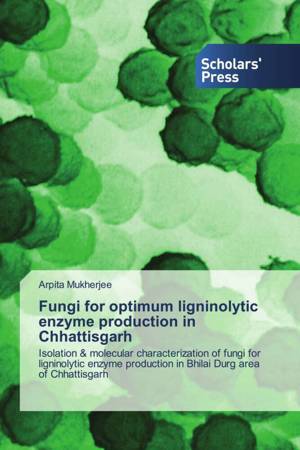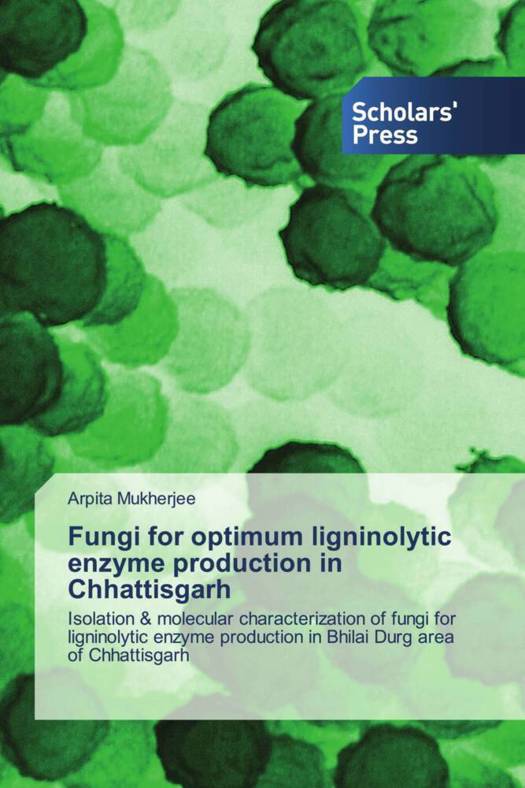
- Afhalen na 1 uur in een winkel met voorraad
- Gratis thuislevering in België vanaf € 30
- Ruim aanbod met 7 miljoen producten
- Afhalen na 1 uur in een winkel met voorraad
- Gratis thuislevering in België vanaf € 30
- Ruim aanbod met 7 miljoen producten
Zoeken
Fungi for optimum ligninolytic enzyme production in Chhattisgarh
Isolation & molecular characterization of fungi for ligninolytic enzyme production in Bhilai Durg area of Chhattisgarh
Arpita Mukherjee
Paperback | Engels
€ 124,95
+ 249 punten
Omschrijving
Lignocellulose is the major component of plant cell wall which can be degraded by natural degraders such as Bacteria and Fungi. Lignin being amorphous in nature lacks stereo regularity. Despite of its resistant nature it has been reported to be degraded by Laccase, Lignin peroxidase and Manganese Peroxidase secreted by Bacteria and Fungi. It protects cellulose and Hemicellulose from enzymatic hydrolysis. Thus it is important to degrade lignin so that cellulose and hemicellulose are made available for degradation. Lignin is the only substance which can be completely degraded into water and Carbon dioxide by microbes. Thus microorganisms have the capacity to cycle lignin to humus. The enzymatic activity of the fungi (Aspergillus niger) as obtained was noted to be higher than the growth rate indicating that the isolated fungi have a great biotechnological potential. The fungi have high conversion rate and high de-polymerization efficiency.
Specificaties
Betrokkenen
- Auteur(s):
- Uitgeverij:
Inhoud
- Aantal bladzijden:
- 176
- Taal:
- Engels
Eigenschappen
- Productcode (EAN):
- 9783639710199
- Verschijningsdatum:
- 6/12/2024
- Uitvoering:
- Paperback
- Formaat:
- Trade paperback (VS)
- Afmetingen:
- 152 mm x 229 mm
- Gewicht:
- 267 g

Alleen bij Standaard Boekhandel
+ 249 punten op je klantenkaart van Standaard Boekhandel
Beoordelingen
We publiceren alleen reviews die voldoen aan de voorwaarden voor reviews. Bekijk onze voorwaarden voor reviews.







